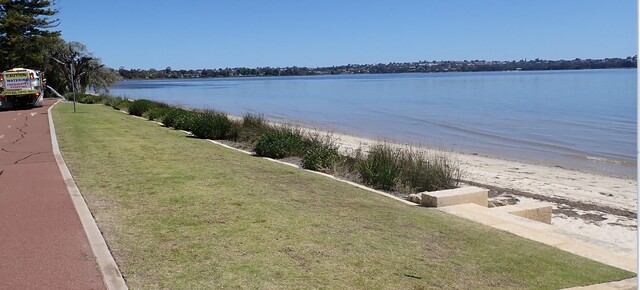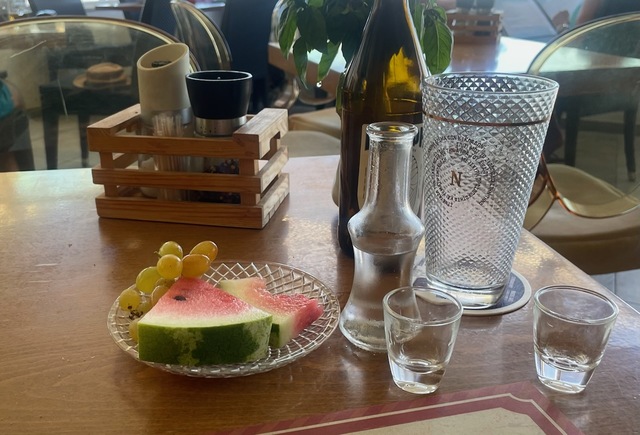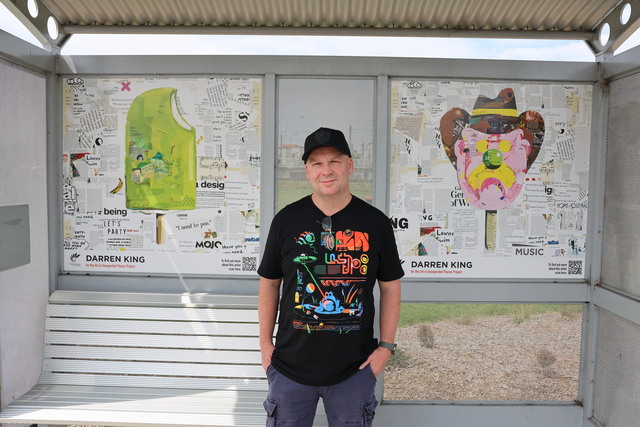Each edition we feature the views of a Local Government Association President. The following is from Councillor Brad Matheson, President Municipal Association of Victoria.
In January, the MAV launched a report into the Economic and Financial Challenges Facing Small Rural Councils &endash; those municipalities with a population of 20,000 or less. The document’s findings show what many Councillors and Council officers have long suspected &endash; that infrastructure is the key drain on Council resources and also the key to the future.
Under the present ‘Catch 22’, small rural Councils cannot afford to maintain and/or substantially improve their infrastructure. Yet, without this improvement, the ability to attract industry and development is limited. As a result, these Councils have to strike higher rates than metropolitan Councils, relative to both valuations and household incomes.
Specifically, the report indicates that:
- Small rural Victorian Councils spend almost 100 percent more per resident on local services than metropolitan municipalities – $943 per resident in rural areas, compared with $505 by metropolitan Councils.
- From 1995-97, property values climbed 14 per cent in Metropolitan Melbourne, compared with a rise of just 2 percent in regional Victoria.
- Rural residents pay a greater percentage of their household income in Council rates &endash; metropolitan rates average 2.3 percent of median household incomes, while rural rates are 3.9 percent.
- Rural Councils spend 43 percent of their annual budget on roads. Metropolitan Councils spend only 20 percent on roads.
These figures are a poignant testament to the substantial challenge facing small Councils if they are to turn around declining economic and employment opportunities in their areas. They also provide valuable evidence for the MAV to lobby for a fairer share of the tax cake and road funding dollar for Victoria.
But, as stark as these figures are, and as big as the challenge is, many Councils are coming up with tremendously innovative programs and projects to make a difference. At Bass Coast, a broadband telecommunications network is being developed to enhance online access and lower telecommunications costs in order to boost employment, business development and service delivery.
Glenelg Shire has worked hard to attract the proposed Technology Park to Portland. Hindmarsh Shire has embarked on a Biolink Revegetation Project, which is not only of important environmental significance, but has opened up communication and cooperation between a host of government agencies.
Rural Victoria like many other communities across Australia, needs a helping hand to overcome the prevailing hardship. What is equally important is that these Councils have demonstrated a determination to shake off the prophecies of doom and gloom and are working hard to come up with solutions. The MAV is proud to assist and support them in their endeavours.







